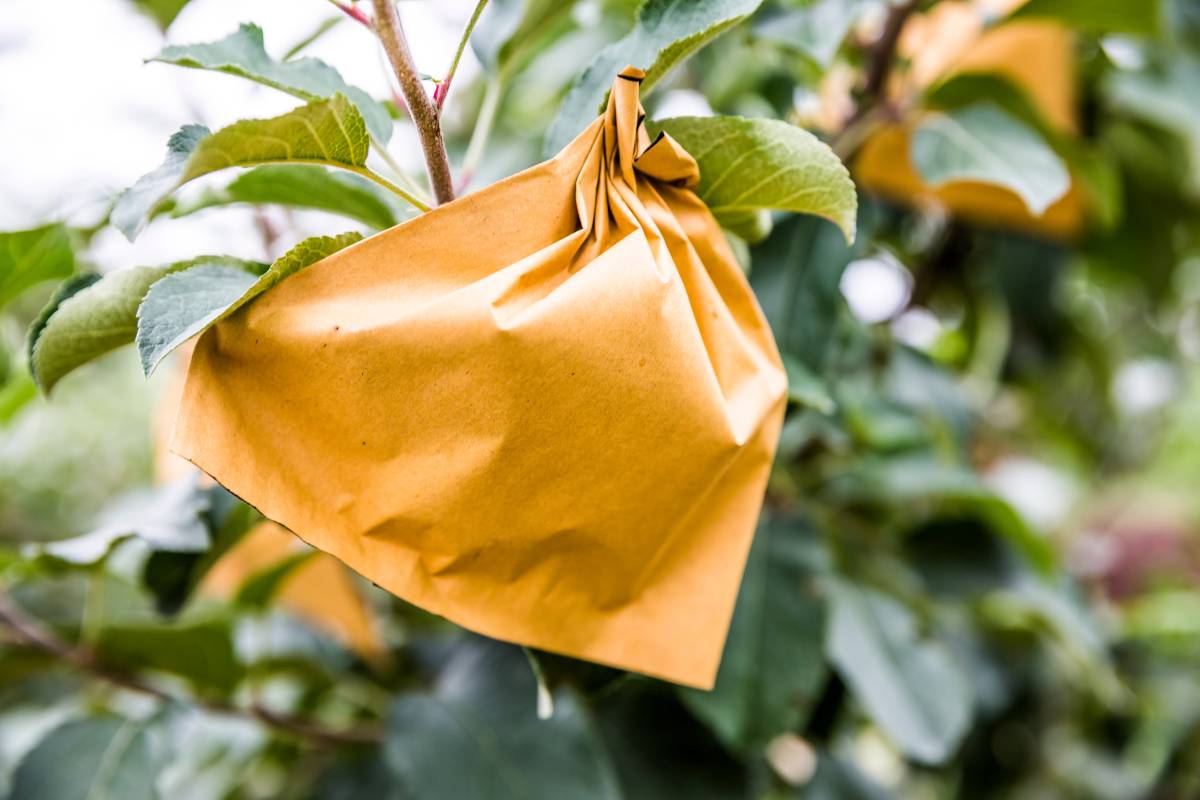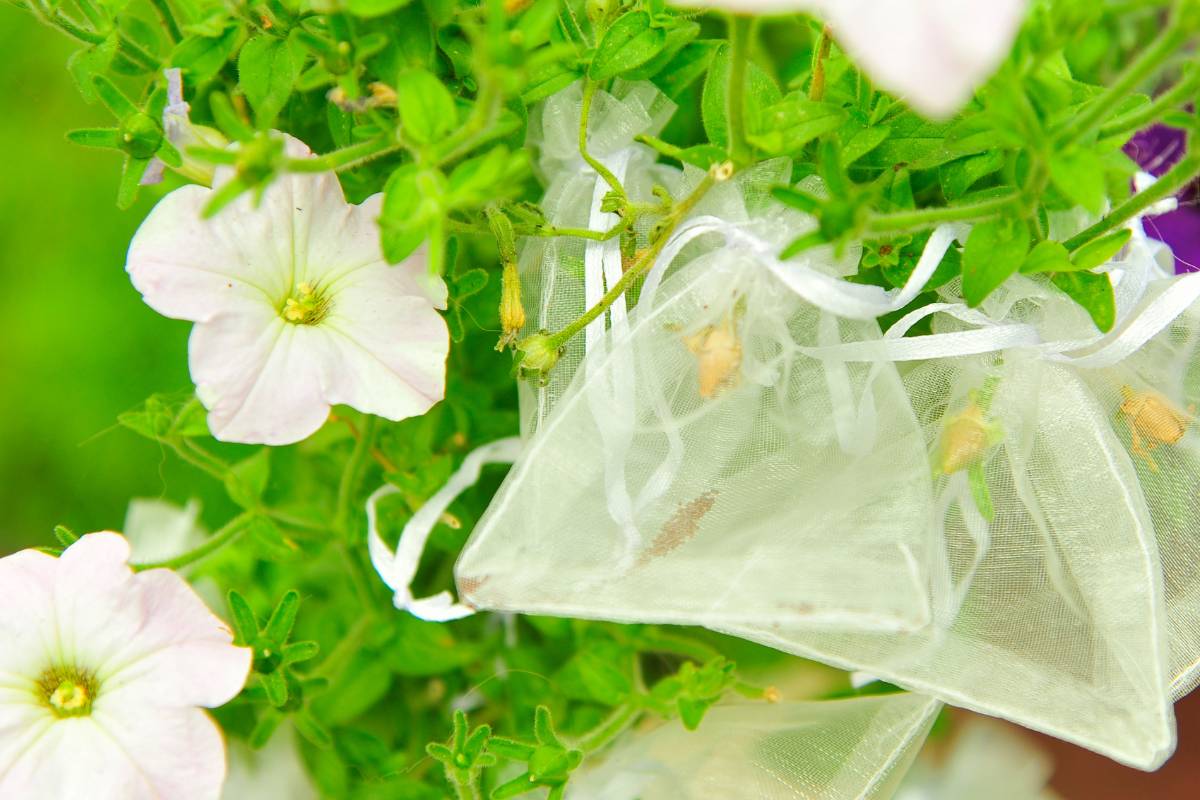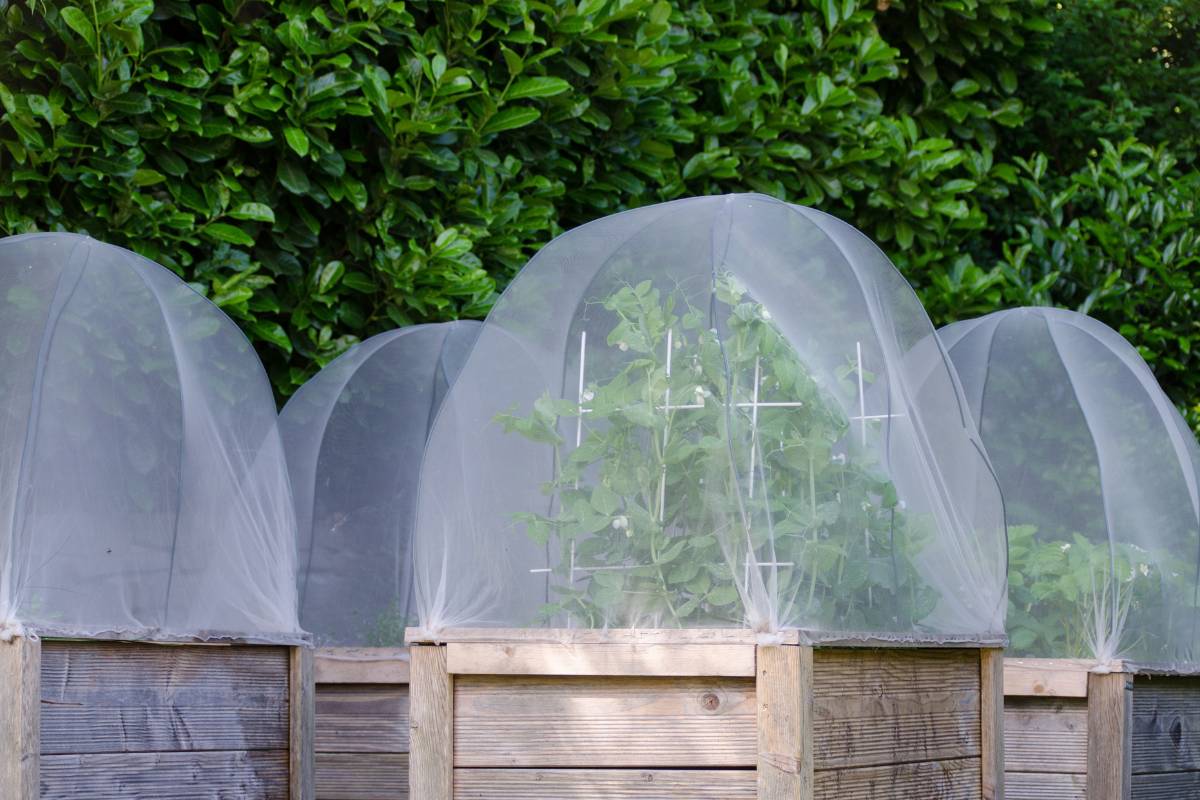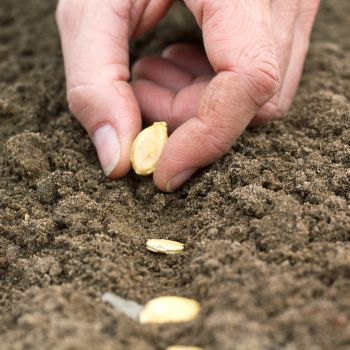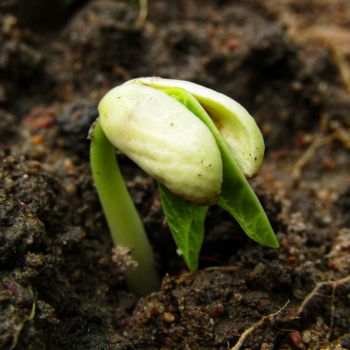Our seed saving series outlines the techniques and methods needed to save seeds in your garden.
Contents:
- Why seed saving makes so much sense.
- The botanical basics.
- Protecting seed purity through isolation.
- Selecting the parent plants.
- Collecting and cleaning the seeds.
- Drying and storing your seeds.
If you're saving seeds, a major motivation is to ensure reliable results that repeat your past successes from year to year. For this to happen it's important to maintain genetic purity in the seeds so that they grow true to their variety.
All cross-pollinating plants will interbreed with same-species neighbours to some extent, and even self-pollinating species can be affected on a smaller scale thanks to wandering insects occasionally spreading pollen around before self-fertilisation can occur.
In both cases, mixing up the genes from different plants means that the resulting seeds won't necessarily grow in the way you expect. To reduce this risk of seeds going 'off type', it's important to isolate varieties of the same species from each other so that accidental cross-pollination is avoided as much as possible.
How to Isolate Plants for Seed Purity
Parent plants destined to produce stored seeds can be isolated either by distance or by time. To separate by distance, crops of the same species need to be grown far enough apart so that they're unlikely to cross-fertilise through wind-blown pollen or insect attention.
Each species has a recommended isolation distance which can be found through research, using seed saving charts or guides for each species. Planning your garden carefully to keep cross-pollinating varieties properly separated will help produce seeds that stay true for the next generation.
The isolation distance should be measured outwards in each direction from the plants that are used for seed saving. Importantly, the distance will likely extend beyond the boundaries of a home garden, into neighbouring properties where it may not be known if crops of the same species are growing. Unfortunately, the needed distances might make isolation by distance unrealistic for many growers on a domestic scale.
Isolation By Time
If separation by distance isn't possible, then isolation by time is the next-best option.
Plants with a short flowering season, where all the flowers appear more or less at once, are often available in early and late varieties. Growing one batch of each will ensure the flowering seasons don't overlap, removing any chance of accidental cross-pollination. Examples of where this approach can work include corn and most varieties of vine-grown tomatoes.
Once again though, gardeners should take into account recommended isolation distances, as neighbours growing plants of the same species with the same flowering period will make cross-pollination a possibility.
Other Physical Isolation Measures
Even when separating plants by distance, time, or both, there's always a small chance of cross-pollination through strong breezes, particularly wide-ranging insects, or plants grown in nearby gardens. So for the most reliable seed-saving results it helps to use other physical isolation measures as well.
For self-pollinating crops such as tomatoes or chillies, where a single fruit can provide plenty of seeds, each flower or flower truss can be covered with a paper bag or fruit protection bag just as the buds appear to ensure insects can't pollinate it with another plant's pollen.
If you do this, you may need to pollinate each flower by hand, and then keep an eye on the flower's development. Once the fruit is set and you're sure pollination has been successfully contained, the bag can be removed.
For larger plants with many flowers, and ones with longer flowering periods where individual bagging isn't realistic, using a cage made from flyscreen, shade cloth or insect exclusion netting will help to keep cross-pollinating insects at bay. However, as pollen is very fine netting might do little to protect against wind-blown pollination, so careful distancing is still needed for wind-pollinated varieties.
Pegging individual flowers closed can be used for large-flowered plants such as cucurbits. As female flower buds emerge, attach a peg near the end of the closed petals to prevent the flower from opening. When the tips of the petals begin to open, remove the peg and hand pollinate the flower, then close the flower with the peg or tape to isolate it again.
For each of these methods, you'll need to hand-pollinate the protected plants to ensure fertilisation.
Isolation vs. Diversity
Despite the importance of isolation to keep varietal purity, there's also a trade-off against maintaining enough genetic diversity in your seed collection to keep future generations healthy.
If you only harvest seeds from a single isolated plant, you risk creating a bottleneck where each generation has limited genetic diversity to draw on. Over time, this creates a condition called inbreeding depression, where each successive generation grows weaker, is less reliable to germinate, and is more prone to diseases and infections.
Bearing this in mind, it's important to save seeds from at least the recommended number of plants according to a seed saving chart or guide, and mix up the harvested seeds to maintain a good level of genetic diversity within each variety.
Individual Plant Selection
After making all this effort to maintain seed purity, it only makes sense to select your parent plants wisely, so that the next generation not only stays true but produces healthy plants with the mature characteristics you're looking for. This aspect of individual selection will be covered in the next article in this series.
.jpg)
